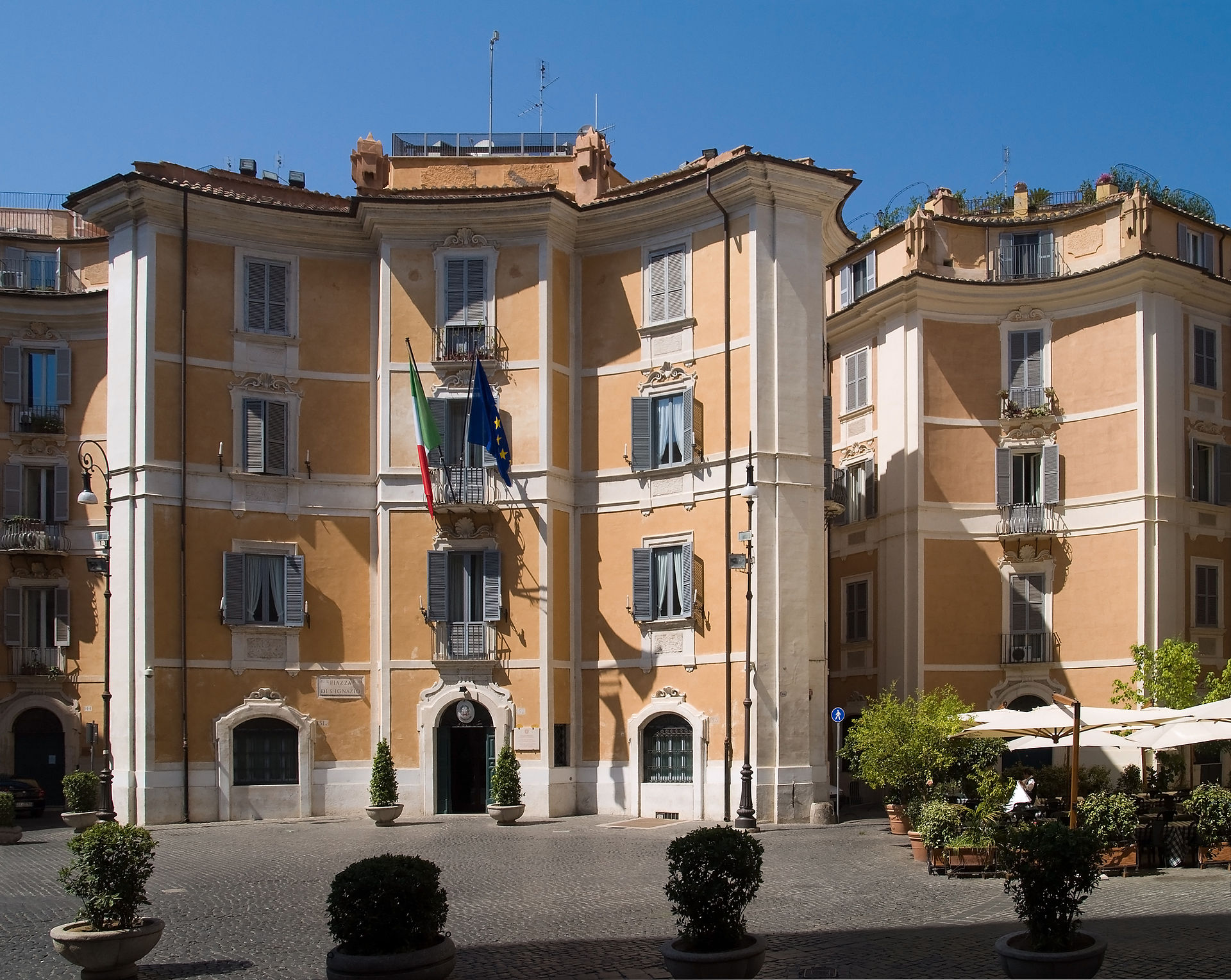By Livia Lupi
Architect Filippo Raguzzini dies on 21 February 1771 in Rome. He is considered the most original representative of the Rococo in the Italian capital and the foremost developer of Francesco Borromini’s architectural style.
Born in Naples, he first carried out work in Benevento, where he designed the churches of San Filippo and San Bartolomeo. Probably around 1723 and 1724, after the election of pope Benedict XIII, Raguzzini moved to Rome, where over the course of six years he started five major projects, including the San Gallicano hospital, the churches of San Sisto Vecchio, Madonna della Quercia and San Filippo Neri, and his most famous work, the square and church of Sant’Ignazio, which included the reorganisation of the adjacent streets. He was nominated Knight of the Golden Spur in 1725 and elected as accademico di merito at the Accademia di San Luca in 1727. Raguzzini was also involved in numerous restorations and interventions in already existing buildings, including Santa Maria sopra Minerva and Santa Maria Maggiore, the Lateran and St Peter’s.
Raguzzini held numerous important posts as chief architect within the papal state’s government. He kept this role for about four decades until his death in Rome in 1771.
Reference: Raffaella Catini. “Raguzzini, Filippo.” Dizionario Biografico degli Italiani, Enciclopedia Treccani.
Santa Maria della Quercia, 1727-1731, Rome.
Piazza Sant’Ignazio, 1727-1735, Rome.
Building in Piazza Sant’Ignazio, 1727-1735, Rome.



